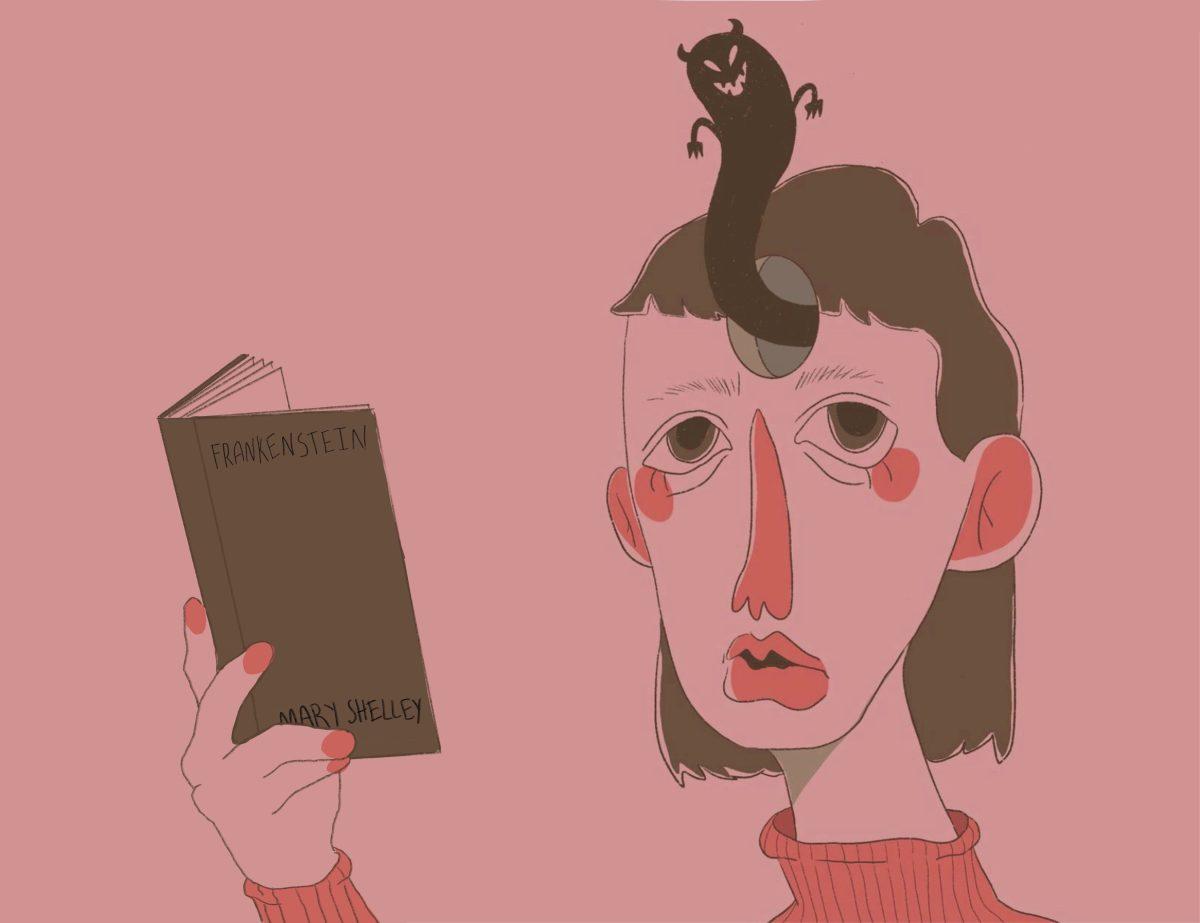Many works of classical literature follow monsters of all kinds, as well as contemporary writing. Two NC State professors use the supernatural to illustrate real life.
Cadwell Turnbull, an assistant professor of creative writing, is the published author of “No Gods, No Monsters.” His award-winning novel was acclaimed by The New York Times as “riveting … [a] tender, ferocious book,” and he said monsters, like vampires, werewolves and other shape-shifters, helped bring this novel to life. Turnbull said he used some of the stories he heard from back home to play into his writing.
“I grew up in the Virgin Islands, so I borrow a lot from stories I heard growing up as a kid from popular folklore in the region,” Turnbull said.
Before writing his novel, Turnbull also wrote a short story that was set in the same place as his book. He said they almost played into each other, using the example of one of the monsters he pulled from his other works.
“There’s also a selkie-like creature called a soucouyant; they remove their skin and suck blood,” Turnbull said. “In the stories back home, if you found their [shedded] skin, and you poured salt in it, you could kill them that way.”
Turnbull explained how he wanted to structure his novel and what kind of topics he wanted to include.
“So the way that I pitched it was ‘Buffy the Vampire Slayer’ meets ‘The Wire,’” Turnbull said. “So it’s social issues and monster folklore.”
Turnbull said some of the social issues he wanted to address while writing his novel included topics like race and sexuality.
“The thing that I wanted to do with the book was take monsters that we all recognize and tie them into a sectional study,” Turnbull said. “How does being marginalized in different ways … affect your monstrosity? How does being Black, Brown or queer affect your monster side or your relation to the world as being a monster?”
He said he also used his book as a tool to communicate other social issues of class and wealth.
“You know, I was really interested in having this kind of more nuanced exploration of the different kinds of monsters and those things that intersect with class,” Turnbull said.
He said vampires are usually associated with being wealthier than werewolves.
“This is kind of a spoiler because I don’t explicitly say this in the book, but vampires tend to be wealthier,” Turnbull said. “And so, their experience of being a monster is very different from the werewolves in the book who are coming from vulnerable populations. A lot of them were homeless, and that affects how they relate to their monster side and how they relate to the world.”
Sumita Chakraborty, an assistant English professor at NC State, explained her thoughts on monsters in poems and said they can provide deeper meanings within literature.
“The interesting thing, I think, is usually the monster in the poem is there to either show something monstrous about humanity, or to kind of point toward some way in which some populations are unfairly characterized as monsters,” Chakraborty said.
Chakraborty said one of the poems she studied exemplifies how some people were made out to be monsters.
“Jericho Brown’s poem ‘Homeland’ starts off with the speaker, a Black man, realizing that other people on the plane viewed him as a vampire,” Chakraborty said.
Chakraborty said poets and other writers often used monsters to communicate through metaphors.
“I feel like a lot of folks can relate to the feeling that we’re living in a scary time with lots of monsters, and that’s essentially what these poets are trying to think about too,” Chakraborty said.
Chakraborty said she was looking forward to getting more into this type of literary analysis during a spooky class she will be teaching next semester.
“One of my biggest interests in literature is how poets deal with death,” Chakraborty said. “So, I’m going to be teaching a class in the spring that I’ve taught before elsewhere, and it’s called Conversations with Dead People.”
Chakraborty said one of the topics in the course is how the literature of poets exemplified some of the methods people used to contact spirits.
“In the 20th century, a lot of really major poets not only imagined poems where they were talking to ghosts or corpses, but they also used a lot of material means, like ouija boards and table tapping to try and contact dead spirits,” Chakraborty said.
Chakraborty said this course will be an interesting addition to NC State.
“So the course is about how the occultist is still really relevant and of interest to contemporary poets,” Chakraborty said. “For some reason, we just kind of can’t shake the interest in spooky stuff.”
Turnbull said he is working on publishing his second book of the trilogy.
“I still have some work to do on this second book, and then I’m going to be working with an editor,” Turnbull said. “It’s going to go through its pre-publication phase, but I’ve started working on a third book, and I’m excited.”
If you want to get a head start on reading “No Gods, No Monsters” before the second one comes out, you can click here to purchase Turnbull’s novel. Chakraborty’s work can be found on her website.













